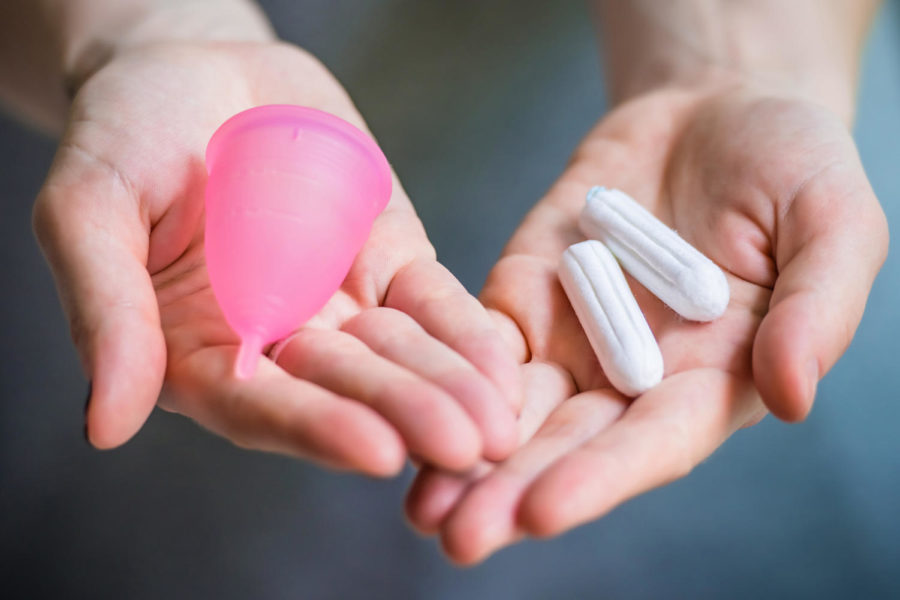4 feminine products that are changing the world
feminine products
February 6, 2017
If you are a woman, you know that once a month, mood swings, cramps, swinging hormones and — obviously — menstrual bleeding are inevitable. But have you ever thought about how much your period could be harming the Earth?
A woman uses about 10,000 to 15,000 tampons or pads in her lifetime, according to Bustle.com. Most of these products come from brands like Kotex and Tampax, which do not offer eco-friendly products.
The good news is that there are options for sustainable women’s products.
Reusable Pads and Tampons
This is a great option, especially for those who prefer to wear regular pads. The difference is that you create zero waste. Companies like GladRags, Lunapads and sellers Etsy offer this option. All you have to do is wash the pad or tampon after you wear it. Simple, right?
Thinx
Thinx is considered to be the most comfortable option on the market. It is underwear that practically has a pad on it already. Many women prefer it out of all the options. The company also donates to the charity AFRIpads, which trains women in Africa in making washable pads.
Conscious Period
Have you ever heard about a company that makes 100 percent organic cotton tampons and donates profits to buying pads for homeless women? That company is Conscious Period. It also employs the same women it serves.
Menstrual Cup
One of the most popular options is the menstrual cup. Costing about $30, you make an investment, but this plastic cup can last 10 years — if you use it properly — although it is recommended you exchange it every year. With about $5 per box of tampons, this is actually affordable.
A member of the organization ActivUs, a student group devoted to facilitating eco-friendly policy changes at Iowa State, gave her story on why she decided to begin using a cup. She asked to remain anonymous for privacy.
“As a former student of environmental science, sustainability has always been important to me, and I’m always looking for information about everyday eco-friendly practices,” she said. “I’d heard about menstrual cups way back in middle school but hadn’t given them much thought before since the whole concept seemed strange and physically improbable to me.”
She’d always thought it was wasteful to use disposable menstrual products but assumed nothing else would actually work.
“Then about two years ago I started seeing articles about how sustainable cups were and how most tampons contain pesticides that is sprayed on most of the conventionally grown cotton that goes into making them,” she said. “Most cups, I heard, were made of silicone, which unlike cotton or plastic, does not have toxins that can leach or dissolve out of the material and into your body.”
Two of her friends also started using one around the same time. Both had success and told her how much they loved not having to buy disposable products, how they had no trouble with leaks and — the biggest surprise — how clean a cup could be.
“That made me curious — could a cup work for me too? I kept eyeing the small selection of cups for sale in the feminine products aisle but couldn’t get myself to shell out the $30 or so without any way of knowing,” she said.
When she was visiting one of her friends and happened to get her period, she was offered a new cup her friend had bought as an extra.
“It took some getting used to, but as soon as I got the hang of it, the cup felt and worked so much better than a tampon. The cup is so much cheaper in the long run, and better for my body,” she said.







